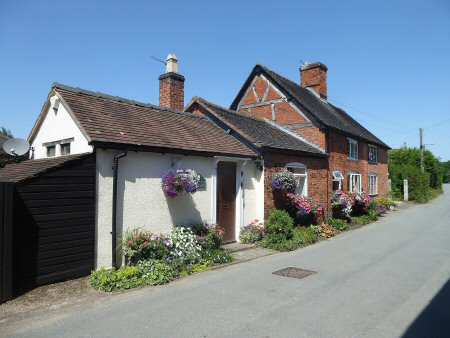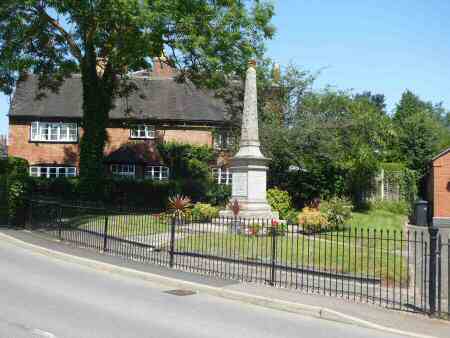A to Z HIGHLIGHTS OF EAST STAFFORDSHIRE - PART 9
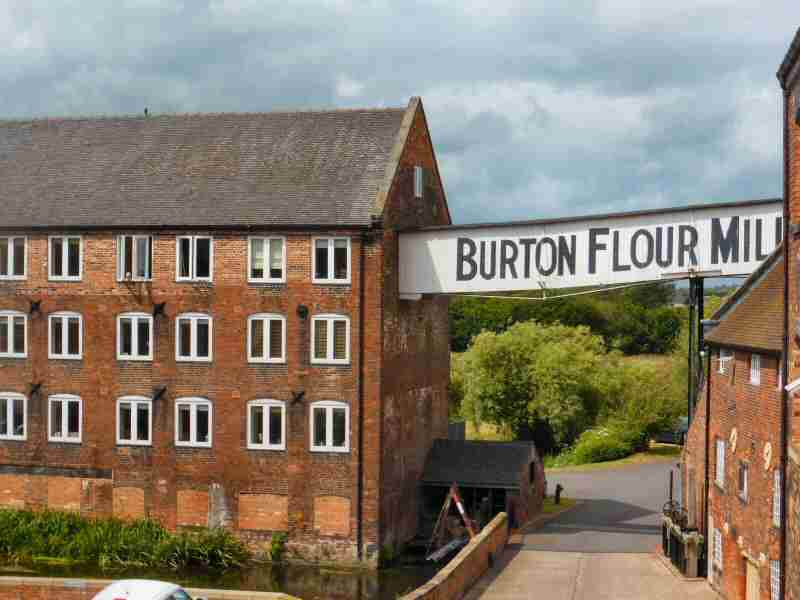
WINSHILL
Until the late 19th century, when it was transferred to Staffordshire the parish had always been part of Derbyshire. A further change came in 2003 when the new parish of Brizlincote was formed. When Winshill lost some land. Winshill was one of the oldest manors given by Wulfric Spott to Burton Abbey in 1004. A settlement was set up at Winshill during William the Conqueror’s reign for his tenants.
At the end of the 18th century, the village was grouped around a green on the east side of the hill. The construction of the medieval Burton Bridge provided easy access to and from the town. Winshill saw substantial development in the mid-19th century and changed from a small settlement into a large village that provided housing for inhabitants who worked in Burton. Later in the same century, middle-class houses were built along Ashby Road. Also, an extensive 20th-century council and private housing development were constructed in the southeastern part of Winshill.
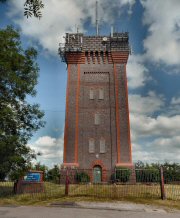
The old corn mill on the B5008 ground most of the corn for the Abbey tenants. The mill dates from the Saxon days and probably earlier. Robert Peel built a textile mill in about 1780 on the site of a former fulling mill. It later became part of Greensmith’s Flour Mill. The building has since been converted for residential purposes.
WINSHILL – WATERLOO TOWER
The water tower is an important landmark and is easily picked out from most points on the eastern side of Burton. It was built in 1904 to improve the low pressure of water in Winshill. Today it is bedecked with radio and aerial communications that serve the needs of the present generation. In front of the water tower, the woodland area is known as Waterloo Clump. The trees were planted in 1815, to commemorate the Battle of Waterloo. Below, Tower Woods have been planted within recent years, out of a grant made by the National Forest Company as part of the expansion of the National Forest.
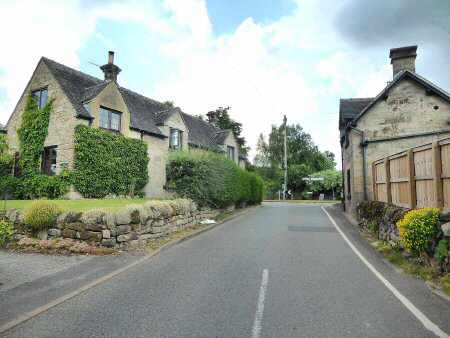

WOOTTON
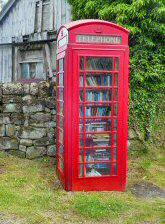
Wootton is a small picturesque village in beautiful countryside, which lies at the foot of the Weaver Hills with its Bronze Age barrow. For many years it was predominantly an agricultural village and all reduced over the years it still retains an important role. The houses built of sandstone skirt around the lower half of the Weavers which are limestone. Where the limestone and sandstone meet springs have come to the surface. The local people had to carry water from the wells, until 1962 when mains water arrived.
Jean-Jacques Rousseau, one of history’s greatest writers once stayed at Wootton Hall, where it is claimed that he wrote the first part of his most widely read book, Confessions. Wootton Hall was demolished in the 1930s.
Wootton Lodge in Ramshorn parish was built in the 17th century by Sir Richard Fleetwood and is a fine example of domestic architecture of that period. It is a Grade II listed and owned by the Bamford family whose JCB testing site is nearby. Excellent views of the hall and grounds are available to walkers from local footpaths.
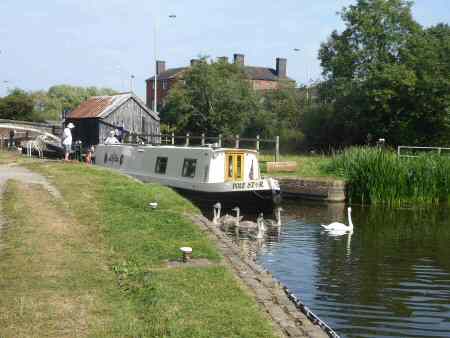
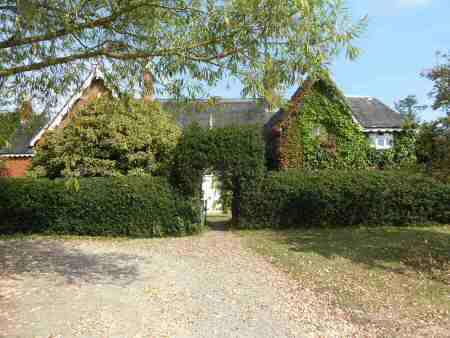
WYCHNOR
Wychnor is a small isolated village to the west of the A38 road. It is accessed by two narrow canal bridges, one an accommodation bridge, both are listed. The village is nothing more than a few houses and farms surrounded by farmland and St Leonard’s Church, which is Grade II* listed. The area to the north of the church was once the site of a medieval village.
King James I, reputedly stayed at Wychnor Hall in 1621 and 1624. But, the present hall dates from the 18th century and was purchased by John Levett, the son of a Lichfield politician, in 1765. The Levett family held Wychnor Hall until 1913 after which it passed through various hands before being converted into the Wychnor Park Country Club in the 1980s.
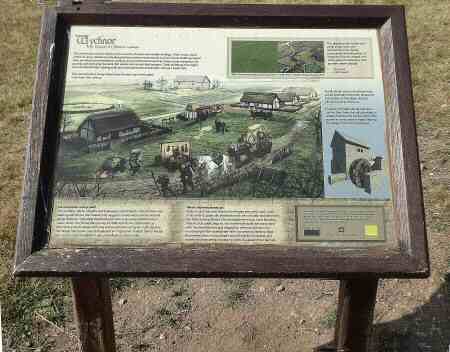

YOXALL
Yoxall is a large village lying in the valley of the River Swarbourn, surrounded by some of Staffordshire’s most beautiful countryside. Until well into the 20th century, farming was the predominant occupation in the area, together with several agriculture-related trades. The Victorian village shop that once stood in Hadley Street was transferred en-bloc to the county museum at Shugborough and re-assembled.
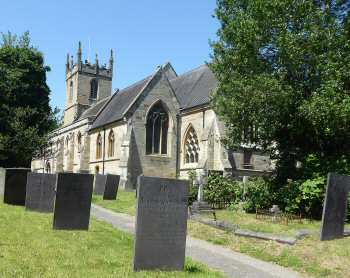
Many of the people who live in the village have long connections with the area. But more and more newcomers are arriving to take advantage of living in the country yet within only a short commutable distance of towns and cities.
In October 2004, Yoxall hit the headlines when animal rights protesters broke into the grounds of St Peter’s Church graveyard to dig up the body of 82-year-old Gladys Hammond. She was related to a local family who ran a farm where guinea pigs were bred for medical research. Animal rights activists had spent years targeting anyone connected to the family to get the Darley Oaks Farm closed. Following a police investigation, three men pleaded guilty to blackmail and were sentenced to twelve years each.
The extensive grounds of Yoxall Lodge offer a wealth of flora and fauna. They are part of the National Woodland Trust and are carpeted with bluebells in spring, which attract large crowds of visitors. Another place in the vicinity worth a visit is Staffordshire Wildlife Trusts, Brankley Pastures Nature Reserve, which is open all year. It is a long-term project to restore arable land to wildlife-rich wood pasture which once covered much of the countryside.
